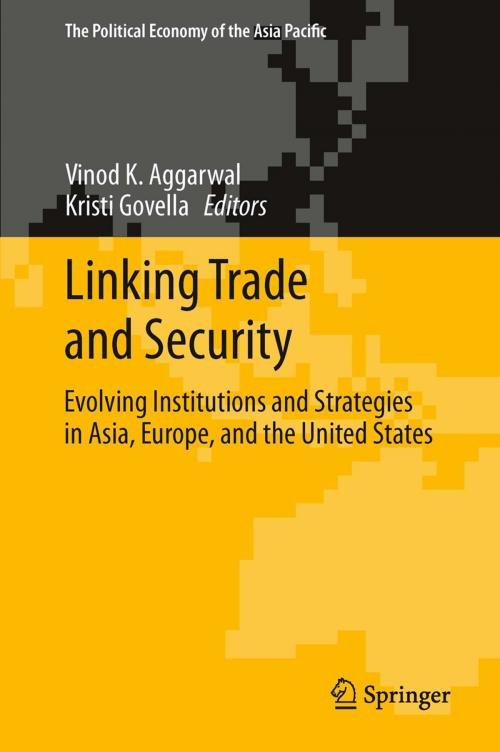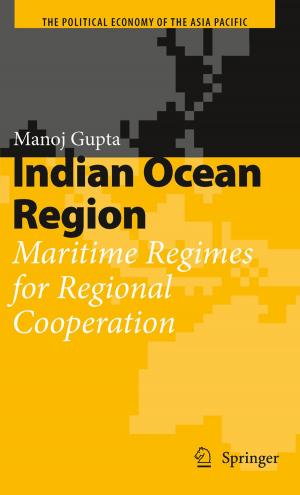Linking Trade and Security
Evolving Institutions and Strategies in Asia, Europe, and the United States
Business & Finance, Economics, International Economics, Nonfiction, Social & Cultural Studies, Political Science, International, International Relations| Author: | ISBN: | 9781461447658 | |
| Publisher: | Springer New York | Publication: | October 10, 2012 |
| Imprint: | Springer | Language: | English |
| Author: | |
| ISBN: | 9781461447658 |
| Publisher: | Springer New York |
| Publication: | October 10, 2012 |
| Imprint: | Springer |
| Language: | English |
The connections between trade and security are hardly new. Analysts and practitioners have clearly recognized this interrelationship since the mercantilist arguments of the 16th and 17th centuries. Despite wishful economic liberal thinking that might prefer to separate the political from the economic, it is widely recognized that trade and security are fundamentally interconnected in the foreign policy of states. Over time, as new forms of trade policy have come into being and the international security environment has evolved, the nexus of these two spheres has grown more complex and scholars have struggled to understand their interconnection This edited volume addresses linkages between trade and security by examining the influence of security factors in driving trade policy measures and the corresponding implications of different types of trade arrangements for international security. Ultimately, the project shows that several elements—traditional economic factors, traditional security factors, and human security factors—can affect the development of trade agreements and unilateral policies, and that trade policies may have both a direct and an indirect effect on traditional and human security. The project focuses on Asia, a region where economics is increasingly important but many security issues still linger unresolved, as a primary setting to test trade linkage theories. It also provides a comparative perspective through examination of how the EU and US have used their trade policies to achieve non-economic goals and how these policies have influenced their security environment. Case studies in this project cover key trade institutions and agreements including the World Trade Organization, the Association of Southeast Asian Nations, ASEAN Plus Three, the East Asia Summit, the Asia-Pacific Economic Cooperation forum, the Shanghai Cooperation Organization, and bilateral preferential trade agreements.
The connections between trade and security are hardly new. Analysts and practitioners have clearly recognized this interrelationship since the mercantilist arguments of the 16th and 17th centuries. Despite wishful economic liberal thinking that might prefer to separate the political from the economic, it is widely recognized that trade and security are fundamentally interconnected in the foreign policy of states. Over time, as new forms of trade policy have come into being and the international security environment has evolved, the nexus of these two spheres has grown more complex and scholars have struggled to understand their interconnection This edited volume addresses linkages between trade and security by examining the influence of security factors in driving trade policy measures and the corresponding implications of different types of trade arrangements for international security. Ultimately, the project shows that several elements—traditional economic factors, traditional security factors, and human security factors—can affect the development of trade agreements and unilateral policies, and that trade policies may have both a direct and an indirect effect on traditional and human security. The project focuses on Asia, a region where economics is increasingly important but many security issues still linger unresolved, as a primary setting to test trade linkage theories. It also provides a comparative perspective through examination of how the EU and US have used their trade policies to achieve non-economic goals and how these policies have influenced their security environment. Case studies in this project cover key trade institutions and agreements including the World Trade Organization, the Association of Southeast Asian Nations, ASEAN Plus Three, the East Asia Summit, the Asia-Pacific Economic Cooperation forum, the Shanghai Cooperation Organization, and bilateral preferential trade agreements.















